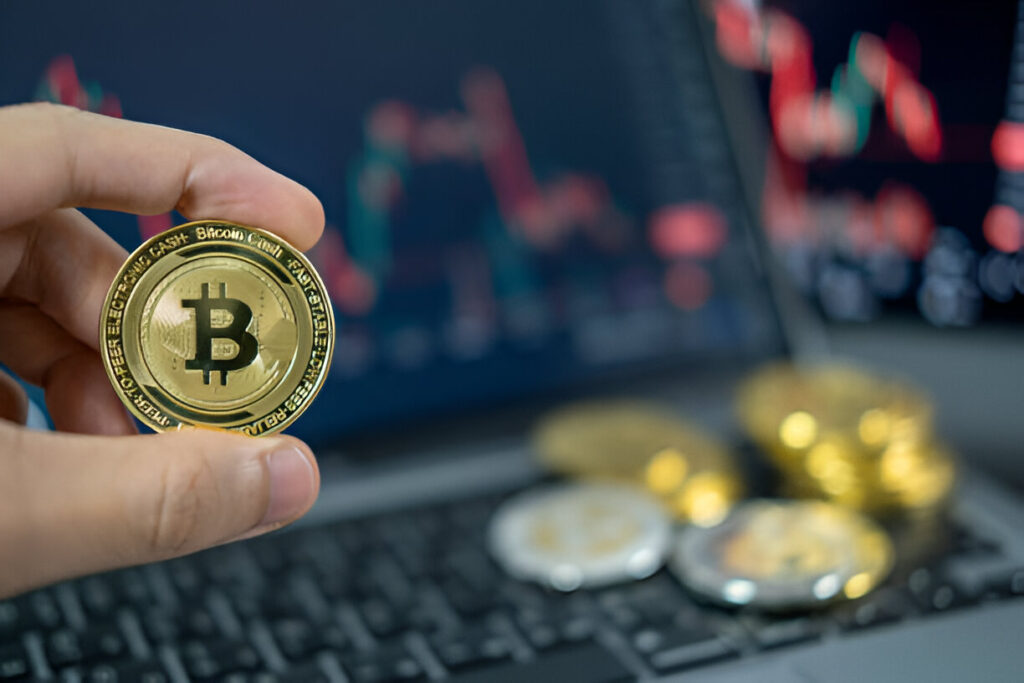In simple terms, volume management is the bedrock of the success of exchanges in this developing world. Most people who might come to read this probably have been thinking about why volumes are very important in the crypto market. Volume simply refers to the measure of how much assets are traded within a particular time frame. Higher volume creates better liquidity where buying or selling assets will not make a high displacement in prices.
One tool that fosters liquidity is crypto exchange volume management. This is a service to help exchanges process large volumes of trades while maintaining a smooth market presence. In this article, we’ll be discussing how volume management works and why it’s important for your crypto exchange.
What Is Crypto Exchange Volume?
In this case, volume is the summation of trading activities occurring on a crypto exchange in any period. It speaks volumes about the activeness and, therefore, popularity of an exchange. With third-party services like CLS Global, sophisticated tools can be developed to enhance liquidity and market positions. Higher volume means more buyers and sellers, hence making it more attractive to other traders. It also contributes to better price discovery.
Why Volume Management Is Important
Volume management ensures that liquidity leading a market is always adequate. Liquidity is essential because it makes sure that at any time, buyers and sellers are available in sufficient amounts to keep trades flowing. For example, when there is thin liquidity, trading may be difficult, in which case users might ditch the venue.
When an exchange holds high liquidity, the pair of buyer and seller coincides all the time. This can lower the volatility of the price to keep trading in a stable manner. It also enhances the reputation of the exchange and attracts more and more institutional investors.
How Volume Management Enhances Market Presence
Exchanges that put more focus on the management of volume grow their presence in the market at a faster rate. When traders notice an exchange has volume, they also gain more confidence that their orders will be easily accessible and can reap a fair price. This self-assuring feeling draws more participants, which leads to even higher volume.
A well-run exchange can handle major trades and do so with the minimum amount of disruption to the market. This means everyone’s trading experience on a platform will be hugely predictable and seamless, and predictability is one of the essential ingredients for an exchange that wants to grow long-term.
Volume Management Techniques in Crypto Exchanges
Following are some methods by which an exchange can manage its volume usefully:
- Market Making: Market makers are professional traders who ensure their buy and sell orders are available on the exchange. They maintain price stability by filling up the supply demand gap. Market makers can be one of the major contributors to ensuring that there is round-the-clock trading activity on the platform.
- Order Book Management: A healthy order book is maintained wherein a balance is struck between different buying and selling orders, including those for tokens like buy Solana. Advanced algorithms operate the matching of an order and ensure that any particular trade gets executed in minimum time.
- Incentive Programs: Most of the exchanges offer various kinds of incentives to those traders who can bring more volumes on their platforms. Incentives, on the other hand, try to keep all the users active while increasing the overall volume of the exchange.
- Popular Token Listing: Several popular tokens are listed, drawing more traders to the exchange. More pairs of trading advance the visibility of the exchange, creating a better volume.
The Role of Volume in Enhancing Liquidity
Liquidity is the lifeblood of any exchange. Without ample liquidity, it becomes very difficult for users to buy or sell assets at their correct price. A liquid market means that trades are constantly being executed without huge price swings-a virtue so necessary to both small retail traders and large institutional investors.
It will also help avoid what is referred to as “slippage.” Slippage occurs when the price of an asset fluctuates during trade execution and therefore creates unforeseen costs. A high level of liquidity means low slippage, which further allows for easier and more predictable trading.
Conclusion
If one operates a crypto exchange, or is about to start such, then volume management should be an area of interest to ensure its sure success. Ensuring your exchange is liquid enough is important to draw more and more traders to your exchange and helps to build trust in your market environment as a whole. Increasingly, volume management should be looked at not in its relation to an increase in the number of trades, but in creating better, more reliable, and user-friendly exchanges. With the correct approaches and strategies at hand, your exchange will be able to scale and stand out from the competition in the crypto market.

